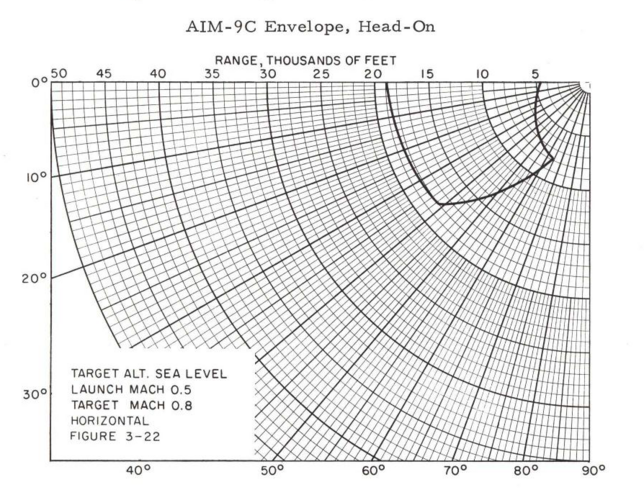Dilandu
I'm dissatisfied, which means, I exist.
The major disadvantage of the MIM-72 Chaparral (initially) was its inability to engage jet aircraft head-on. The AIM-9D "Sidewinder", on which its missiles were based, could not lock on target from this aspect. While it wasn't a major disadvantage for a AAM, it was a big hindrance for SAM, since it basically means that Chaparral could engage enemy jets only in tail-chase conditions. Which seriously limited its engagement range.
So I thought about two possible solutions:
* SARH Chaparral - to equip the M54 mount with a small range-only radar, paired with optical sight (like AN/VPS-2, used on M163 VADS self-propelled Vulcan guns), tuned to work with semi-active seekers of AIM-9C missiles. By reducing radar to ranging only, and providing manual tracking with the optical sight, we would avoid the complex problems of locking on low-altitude target (which plagued Mauler SAM) - and still we would get the capability of making head-on engagements. AIM-9C should be compatible enough with standard launch rails, used on Chaparral.
* Laser Chaparral - a bit more... extravagant idea. By 1968, the laser-guided BOLT series bombs were already used in Vietnam. So, what if we equip Chaparral mount with the AVQ-9 "Pave Light" (Zot Box) laser desginator, paired with optical sight - and create a derivative of AIM-9D missile, with infrared sensor in seeker replaced with laser-detecting photocell? By aiming optical sight on target, operator would "paint" it with laser beam, and laser-seeking AIM-9 missile could engage it head-on.
So... what's your opinion?
So I thought about two possible solutions:
* SARH Chaparral - to equip the M54 mount with a small range-only radar, paired with optical sight (like AN/VPS-2, used on M163 VADS self-propelled Vulcan guns), tuned to work with semi-active seekers of AIM-9C missiles. By reducing radar to ranging only, and providing manual tracking with the optical sight, we would avoid the complex problems of locking on low-altitude target (which plagued Mauler SAM) - and still we would get the capability of making head-on engagements. AIM-9C should be compatible enough with standard launch rails, used on Chaparral.
* Laser Chaparral - a bit more... extravagant idea. By 1968, the laser-guided BOLT series bombs were already used in Vietnam. So, what if we equip Chaparral mount with the AVQ-9 "Pave Light" (Zot Box) laser desginator, paired with optical sight - and create a derivative of AIM-9D missile, with infrared sensor in seeker replaced with laser-detecting photocell? By aiming optical sight on target, operator would "paint" it with laser beam, and laser-seeking AIM-9 missile could engage it head-on.
So... what's your opinion?

